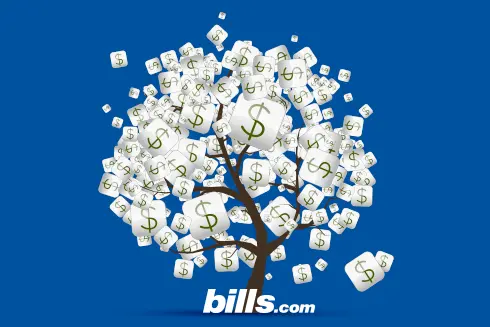
Get rid of your debt faster with debt relief
Choose your debt amount
Or speak to a debt consultant 844-731-0836
- 1 min read
Explore the difference between federal and private student loan consolidation in this brief but informative video. Find out if you can consolidate your student loans and learn about Debt Consolidation
Federal and private student loans adhere to different loan standards and different interest rate regulations. Park Brees, Manager of Business Development at Bills.com, reviews the regulations and requirements for consolidating federal and private student loans. Find out if you can consolidate your student loans and learn about Debt Consolidation.
Video Transcription;
"Hi my name is Park Brees, I am the Manager of Business development for Bills.com. I am going to speak about student loan consolidation. There are two types of student loan consolidations, there’s a Federal and a Private.
The Federal student loan consolidation requires that you, student loans not be in default and that you have not previously consolidated your student loans. The interest rates on the student loans are set by the federal government so they will be set it does not matter which lender you go with.
Then there's a Private student loan consolidation. Private student loan consolidations actually come with different interest rates depending upon which lender you go with also the criteria for consolidating your Private student loans means that you have to have a good FICO score, a qualifying debt to income ratio, and a qualifying past credit history. Now if you can't qualify on your own Private student loan consolidations allow a co-signer.
So in conclusion, there are federal loans which have a set interest rate set by the government and then there are Private student loans that have interest rates that vary lender to lender. Again my name is Park Brees and I am the Manager of Business development for Bills.com thank you.

Get rid of your debt faster with debt relief
Take the first step towards a debt-free life with personalized debt reduction strategies.
Choose your debt amount
Or speak to a debt consultant 844-731-0836
Dealing with debt
If you are struggling with debt, you are not alone. According to the NY Federal Reserve total household debt as of Quarter Q1 2024 was $17.69 trillion. Student loan debt was $1.60 trillion and credit card debt was $1.12 trillion.
A significant percentage of people in the US are struggling with monthly payments and about 26% of households in the United States have debt in collections. According to data gathered by Urban.org from a sample of credit reports, the median debt in collections is $1,739. Credit card debt is prevalent and 3% have delinquent or derogatory card debt. The median debt in collections is $422.
Collection and delinquency rates vary by state. For example, in Hawaii, 11% have student loan debt. Of those holding student loan debt, 7% are in default. Auto/retail loan delinquency rate is 3%.
To maintain an excellent credit score it is vital to make timely payments. However, there are many circumstances that lead to late payments or debt in collections. The good news is that there are a lot of ways to deal with debt including debt consolidation and debt relief solutions.